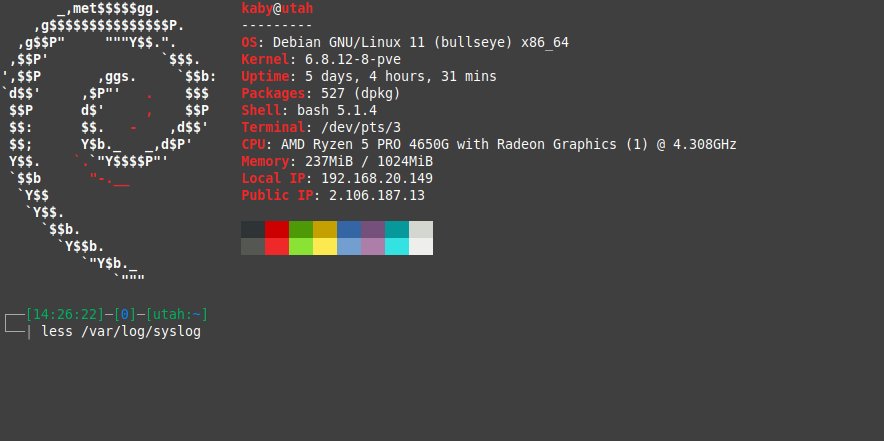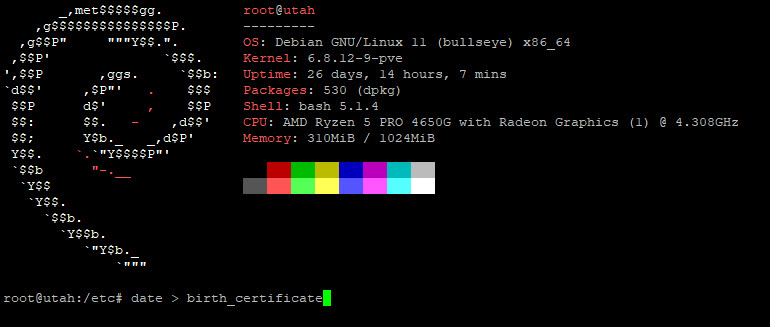Ever encountered a “Permission denied” error while trying to execute a command on your Linux or macOS system? That’s where sudo swoops in like a digital superhero, granting you temporary elevated privileges to perform administrative tasks. But what exactly is sudo, how do you wield its power responsibly, and what kind of control does it truly offer? Let’s dive in.
Linux commands
Comprehensive LVM Tutorial with Examples
Introduction to LVM
Logical Volume Manager (LVM) is a storage management solution that provides flexibility in managing disk storage. It allows dynamic resizing, combining multiple disks, and creating snapshots, among other features.
Continue reading Comprehensive LVM Tutorial with ExamplesFresh Start: Adding New Users to Your Linux System
Whether you’re setting up a new Linux machine, sharing your system with others, or simply want to create a dedicated account for specific tasks, knowing how to add new users is a fundamental Linux skill. It’s a straightforward process that helps maintain security and organization on your system, regardless of your chosen distribution. Let’s walk through the steps!
Continue reading Fresh Start: Adding New Users to Your Linux SystemMastering the less Command in Linux
The less command is a powerful utility in Linux used for viewing text files or command output interactively. Unlike cat, which displays the entire content at once, or more, which allows limited navigation, less provides advanced navigation and search functionalities, making it ideal for viewing large files.
Documenting Your Server’s Birth: A Simple Linux Tip
In the world of server administration, keeping track of key events and configurations is paramount. While sophisticated tools and documentation practices are essential for complex environments, sometimes the simplest solutions offer the most immediate value. Here’s a little trick I’ve found handy, especially right after a fresh Linux installation: creating a “birth certificate” for your server.
Continue reading Documenting Your Server’s Birth: A Simple Linux Tip

